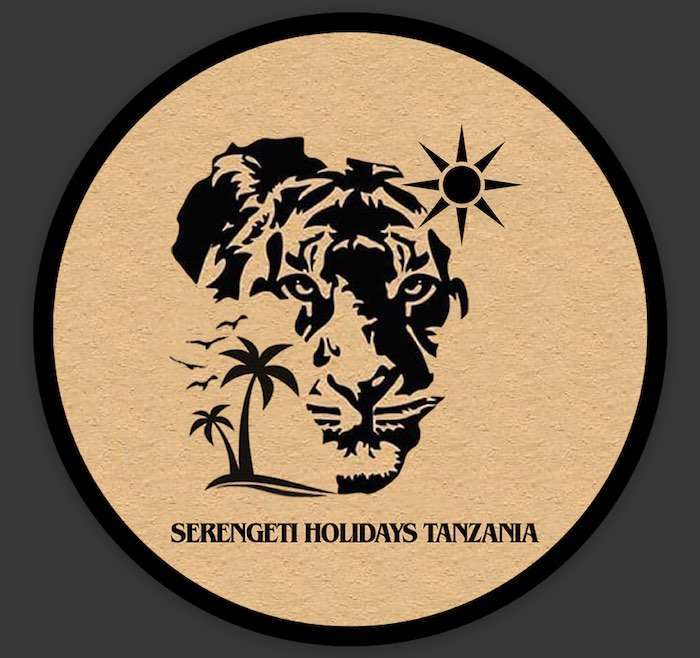
- Arusha - Tanzania
- Travel Tips
- Blog
- Safari offers


Overview
Tanzania’s Northern Circuit is a mesmerizing region that offers a diverse range of landscapes, wildlife, and cultural experiences. Known for its iconic national parks, lush landscapes, and vibrant local cultures, the Northern Circuit is a must visit destination for nature enthusiasts, wildlife lovers, and adventure seekers.
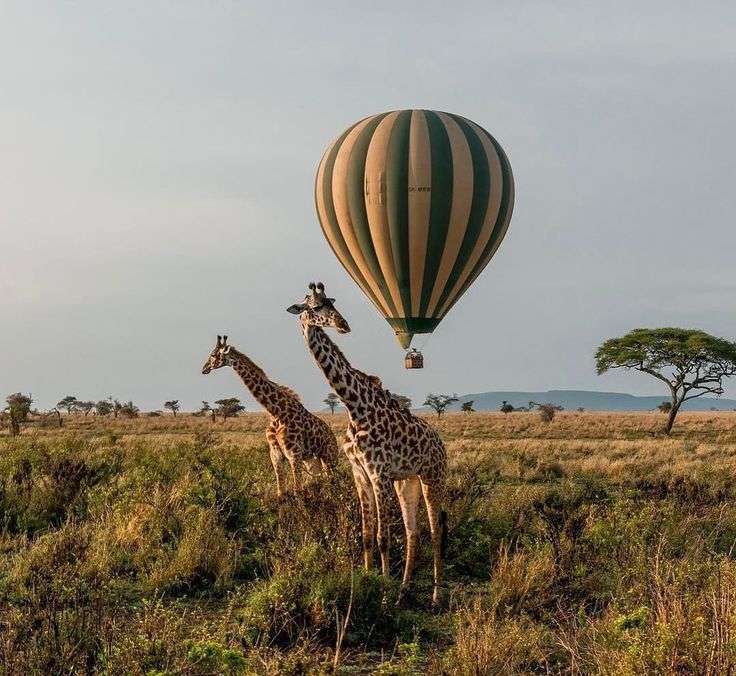
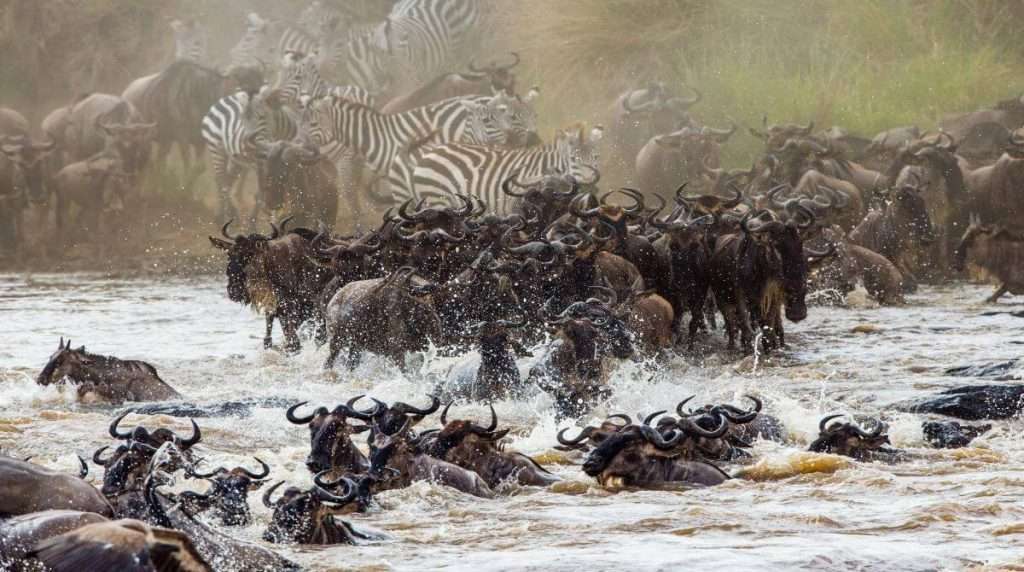

Serengeti National Park, located in northern Tanzania, is one of Africa’s most iconic and renowned wildlife conservation areas. Established in 1951, it spans an impressive 14,763 square kilometers (5,700 square miles) and is contiguous with the Maasai Mara National Reserve in Kenya, forming a vast ecosystem that supports a staggering array of wildlife.
Great Migration
The Serengeti is perhaps best known for hosting the annual Great Migration, a natural spectacle where millions of wildebeest, zebras, and other ungulates traverse the park in search of greener pastures. This migration is considered one of the most incredible wildlife events on Earth.
Wildlife Diversity
Serengeti National Park is home to a diverse range of wildlife, including the “Big Five” – lions, elephants, leopards, buffalo, and rhinoceros. Other notable species include cheetahs, giraffes, hippos, crocodiles, and numerous species of antelope.
Landscape Variety
The park’s landscape is diverse, featuring vast plains, savannahs, rocky outcrops (kopjes), and acacia woodlands. This variety of ecosystems contributes to the park’s high biodiversity and provides different habitats for various species.
Bird Watching
Serengeti is a paradise for bird enthusiasts, boasting over 500 bird species. From large birds of prey like eagles and vultures to colorful species such as lilac-breasted rollers and ostriches, the park offers excellent bird-watching opportunities.
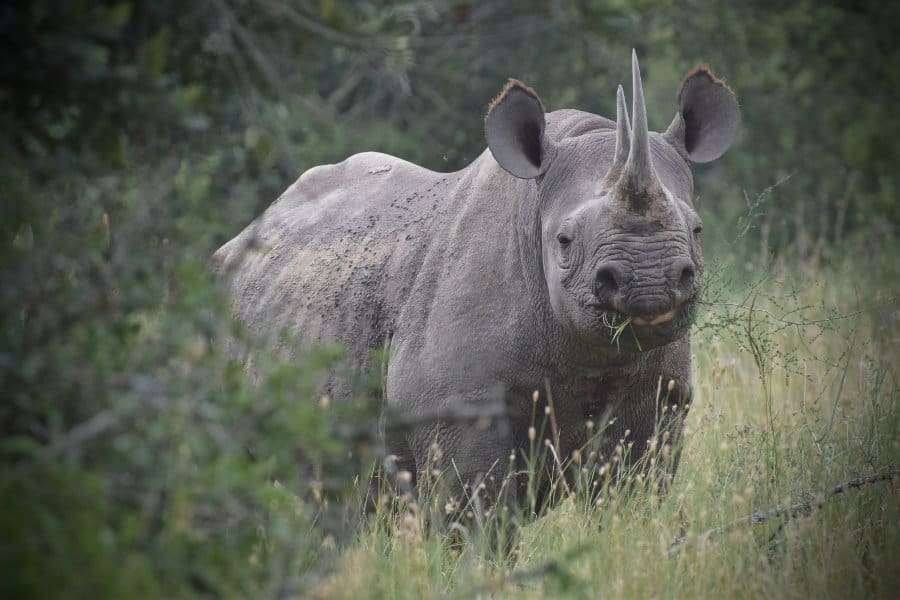
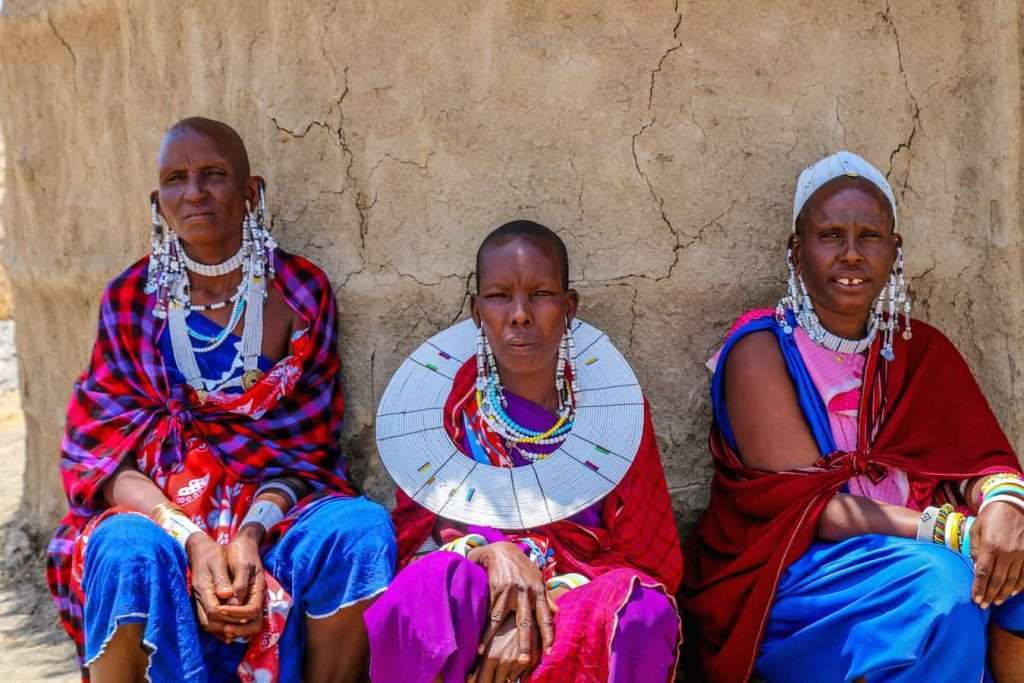

The Ngorongoro Conservation Area (NCA) is a unique and extraordinary protected area located in northern Tanzania, adjacent to the southern border of the Serengeti National Park. Established in 1959, the Ngorongoro Conservation Area covers an expansive area of about 8,292 square kilometers (3,202 square miles) and is recognized as a UNESCO World Heritage Site.
Ngorongoro Crater
The centerpiece of the conservation area is the Ngorongoro Crater, a large volcanic caldera that was formed around two to three million years ago. The crater is one of the world’s largest intact volcanic calderas and provides a unique and self-contained ecosystem.
Wildlife
The Ngorongoro Crater is home to a dense population of wildlife, including the “Big Five” – lions, elephants, leopards, buffalo, and rhinoceros. The caldera’s enclosed nature creates a natural sanctuary, making it easier for visitors to spot a wide variety of animals in a relatively small area.
Maasai People
The Ngorongoro Conservation Area is also home to the Maasai people, who have been coexisting with wildlife in the region for centuries. These semi-nomadic pastoralists continue to live in and around the conservation area, maintaining their traditional lifestyle and cultural practices.
Olduvai Gorge
Similar to the Serengeti National Park, the Ngorongoro Conservation Area includes a section of the Olduvai Gorge. This archaeological site has provided invaluable insights into early human evolution, with fossilized remains dating back millions of years.
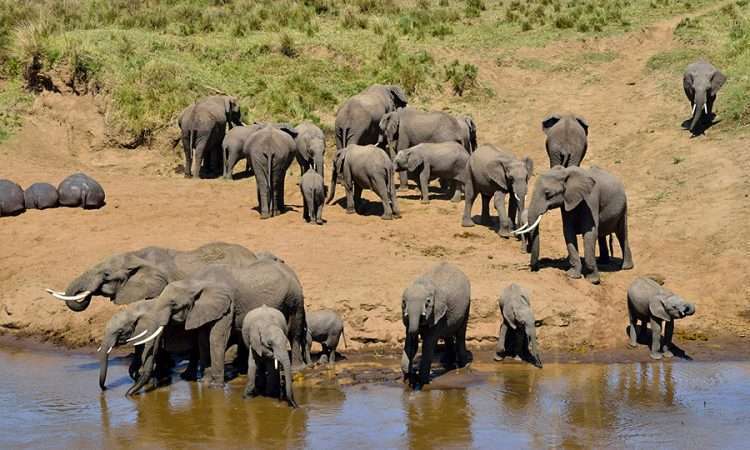
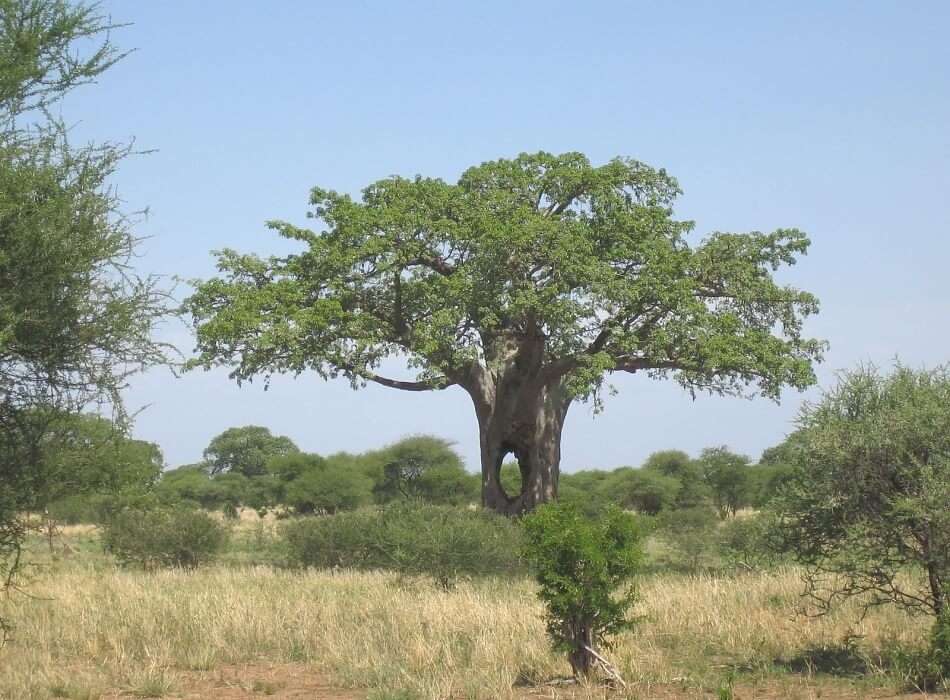
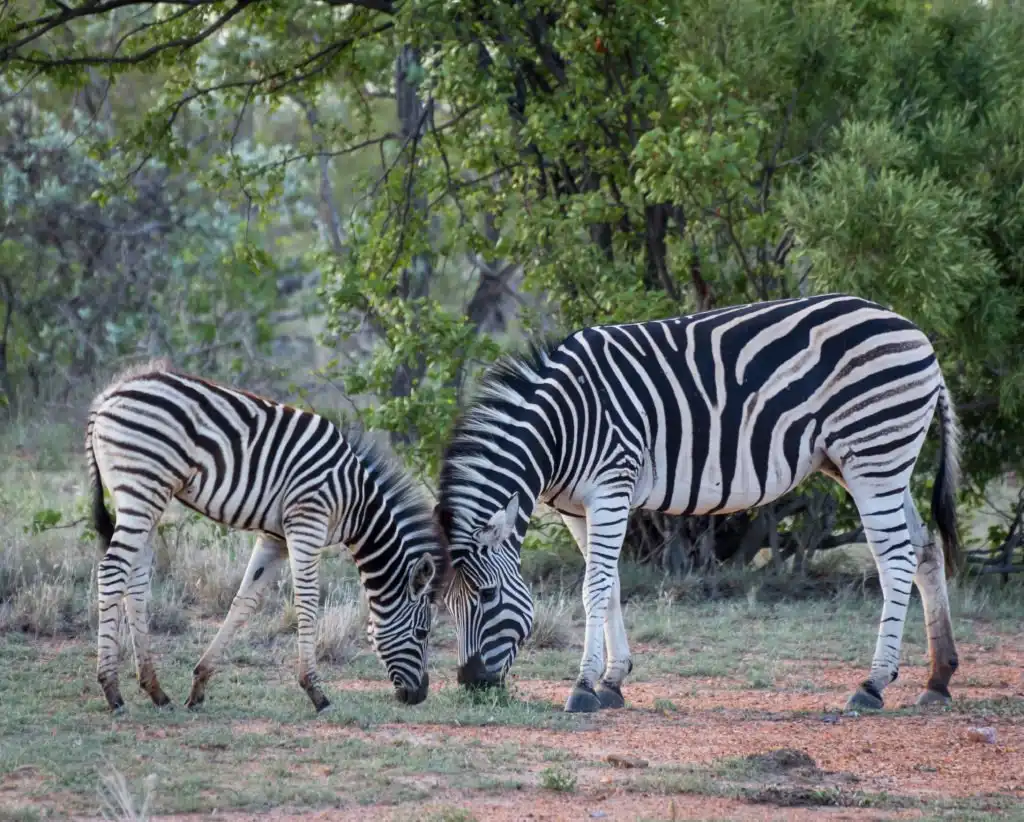
Tarangire National Park, located in northern Tanzania, is a distinctive and diverse wildlife conservation area that forms part of the larger ecosystem of the Tarangire-Manyara Region. Established in 1970, the park covers an expanse of approximately 2,850 square kilometers (1,100 square miles), making it the sixth-largest national park in Tanzania.
Wildlife
The park is home to a rich variety of wildlife, including large herds of elephants. Tarangire is particularly famous for its impressive elephant population, which can be observed in large numbers along the Tarangire River. Other species include lions, leopards, cheetahs, giraffes, zebras, wildebeest, and numerous bird species.
Herds of Elephants
Tarangire is home to one of the largest concentrations of elephants in Tanzania. During the dry season (June to November), herds of elephants migrate to the Tarangire River in search of water, providing a spectacular opportunity for visitors to witness these magnificent creatures up close.
Baobab Trees
The landscape is adorned with iconic Baobab trees, creating a surreal and picturesque backdrop. These ancient and majestic trees are not only aesthetically pleasing but also serve as important landmarks and shelters for various species.
Bird Watching
Tarangire is a paradise for bird enthusiasts, boasting over 500 bird species. The park is especially known for its diverse avian population, with species such as yellow-collared lovebirds, hornbills, and the endemic ashy starling.
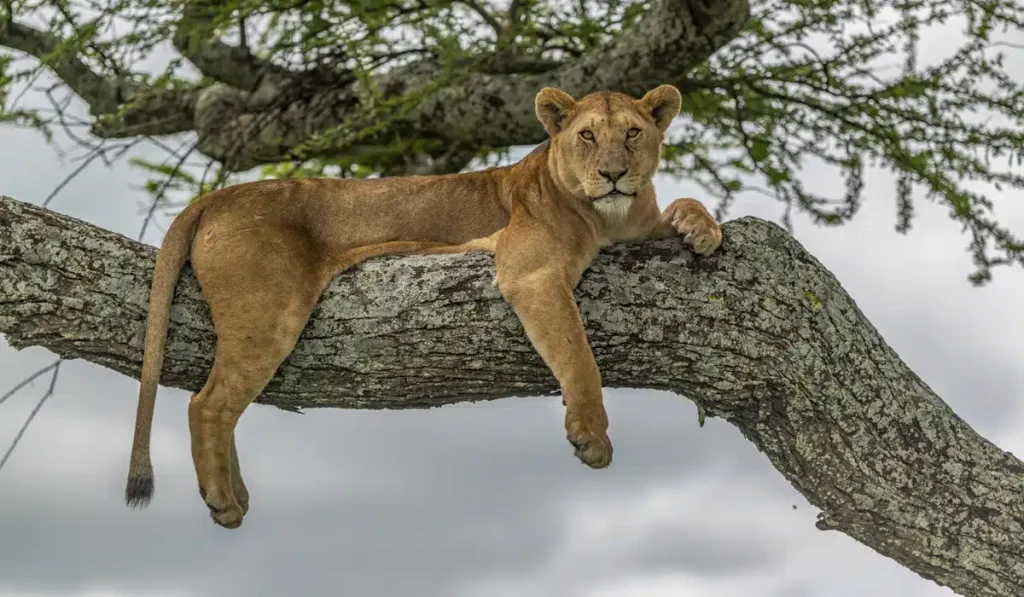
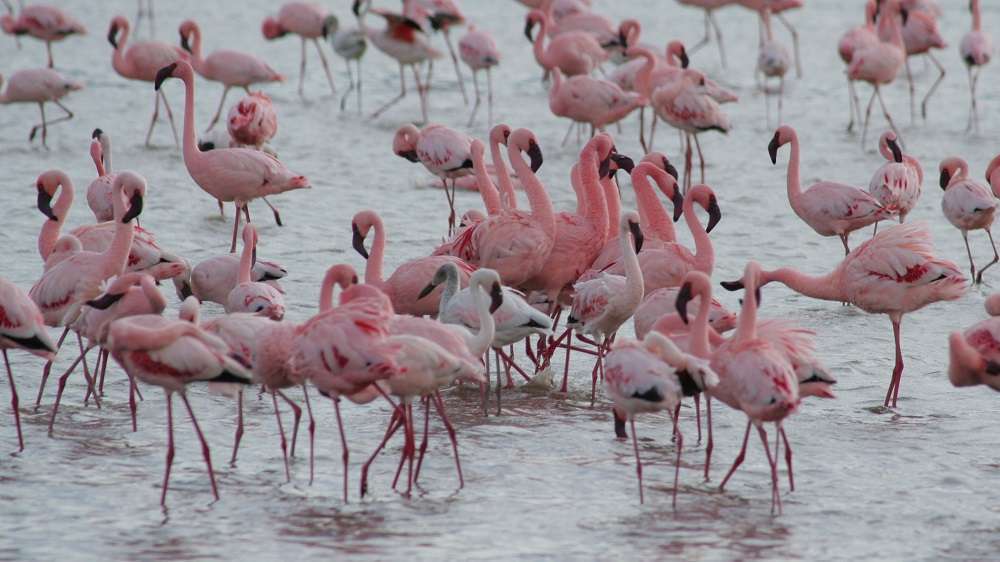
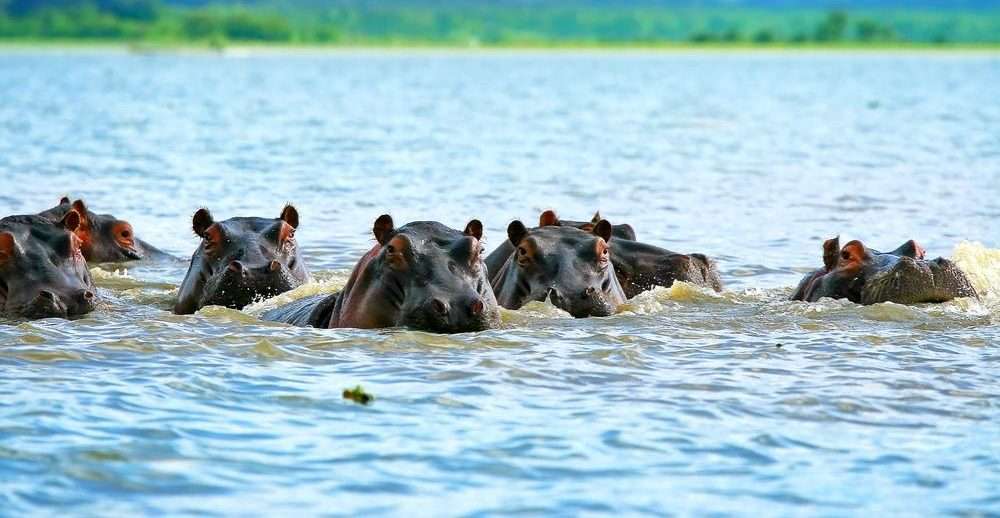
Lake Manyara National Park, located in northern Tanzania, is a compact yet diverse wildlife conservation area that encompasses the shores of Lake Manyara. Established in 1960, the park spans approximately 330 square kilometers (127 square miles) and is part of the larger ecosystem that includes the Great Rift Valley.
Wildlife
Despite its relatively small size, Lake Manyara National Park boasts a diverse range of wildlife. In addition to lions, visitors can encounter elephants, giraffes, zebras, wildebeest, buffalos, and a variety of antelope species. The park is also home to baboons, vervet monkeys, and other primates.
Tree-Climbing Lions
Lake Manyara is renowned for its unique population of tree-climbing lions. Unlike most lions that prefer to stay at ground level, those in Lake Manyara have developed a habit of climbing trees, providing visitors with a rare and distinctive sight.
Hot Springs
The park is home to several hot springs, known as Maji Moto. These geothermal features add an interesting dimension to the park’s landscape and serve as a reminder of the geologic activity in the region.
Bird Watching
Lake Manyara is a paradise for bird enthusiasts, with over 400 bird species recorded within the park. In addition to the flamingos on the lake, visitors can spot eagles, herons, kingfishers, and a variety of waterfowl.
Additional Information
Best Time to Visit: The dry season (June to October) is ideal for wildlife viewing as animals gather around water sources. However, the wet season (November to May) offers lush landscapes and birdwatching opportunities.
How to Get There: The Northern Circuit is easily accessible by air, with Kilimanjaro International Airport (JRO) and Arusha Airport (ARK) being the primary gateways.
Accommodation: The region offers a range of accommodation options, from luxury lodges to tented camps, providing a comfortable and immersive experience.
Explore Tanzania’s Northern Circuit for an unforgettable adventure, where nature, wildlife, and culture come together in a harmonious symphony.
Our Company provide a seamless and effortless booking process for a variety of travel options in Tanzania and Kenya.
Userful Link